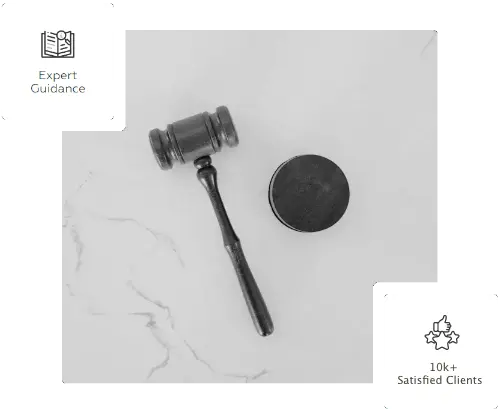
You’ve had an accident.. but how do you tell who is at fault in a car accident? Here’s some advice from a legal point of view
According to the National Highway Traffic Safety Administration (NHTSA), road accidents are the leading cause of death in the U.S. for people aged 1-54. Each year, an average of 38,000 people die in crashes on U.S. roadways while an additional 4.4 million are seriously and require medical attention.
If you were involved in a car accident leading to serious injuries or property damage, you may have grounds to pursue a claim against the liable party. But how do you determine who is at fault in a car accident?
This article will walk you through the typical process involved in determining liability and what you can do to increase your chances of recovering the highest compensation for property damage or personal injuries in a car accident.
What To Do After A Car Accident
After a car accident, the first step you want to take is to seek medical help, inform the local law enforcement agency and gather evidence that will support your claim.
If you sustained serious injuries in the course of the accident, the experience may have both health and economic ramifications. In addition to the medical bill, the injuries might prevent you from going to work, leading to lost wages.
Depending on the circumstances of your case, and the applicable laws in your state, you may be able to hold the at-fault driver (and by extension their insurance carrier) liable for damages resulting from the accident. The damages, typically in the form of financial compensation, can be used to cover your medical bills or the expenses or repairing your property.
How Do You Know Who Is At Fault In A Car Accident?
Figuring out who is at-fault in a car accident is a matter of identifying the party whose careless or negligent conduct led to the accident. While it is pretty easy to establish liability in some car accident cases and hold the at-fault party liable for your injury or losses, some cases are complex, making it tricky and difficult to tell who was at fault for the car accident.
The fact that multiple entities, including the law enforcement agencies, insurance companies and the court play considerable roles in determining liability can make the process more overwhelming. This is why it is advisable to engage the service of a personal injury attorney experienced in car accidents. They will be able to represent you throughout the negotiation process or defend you in the court of law in case the matter goes into trial.
The at-fault driver can be determined by looking at what caused the accident in the first place. The common causes of accident in the U.S. according to the NHTSA include the following:
Distraction: The leading causes of distraction for drivers include mobile electronic devices such as mobile phone. A driver who is calling or texting while behind the wheel could get distracted, rear-ending another car.
Alcohol: It’s a serious offense to drive under the influence. A drunk driver may lose control over the vehicle and run into another car or a pedestrian.
Speeding: A driver who violates traffic law will likely be held responsible for a resulting car accident. If one of the drivers is issued a citation for speeding or running a light, they may be liable.
Find an Auto Accident Attorney Near You
What Are The Roles Of Insurance Companies In Determining Fault?
When an accident occurs, and a claim is filed with an insurance company, the company assigns the claim to an adjustor. The adjustor embarks on an extensive investigation into the circumstances leading to the accident.
Their job will include researching the car accident, speaking with witnesses, examining vehicle damage and verifying details about the insurance policies of the drivers involved.
Basically, insurance companies determine fault according to the legal definition of negligence in the state where the accident occurred. A driver is negligent when they fail to exercise a level of caution a reasonable person would under the same circumstances.
What Do Courts Determine Fault In A Car Accident?
In reality, only 5% of personal injury cases get to the front of judges or juries. Most cases are settled among the parties involved in the accident through negotiations. However, you may decide to file a lawsuit against the at-fault if they are reluctant or unwilling to settle at a favorable compensation.
In this case, the course will determine negligence based on the relevant state laws and also rely on admissible evidence. With a verdict from the judge or jury, the negligent driver will then be compelled to compensate you for your injuries and other losses emerging from the accident.
What Is The Difference Between A No-Fault Car Accident And An At-Fault Car Accident?
A no-fault car accident is a set of insurance laws where drivers are required to have personal injury protection on their car insurance policy. The protection helps you pay for your medical expenses after a car accident, regardless of who is at fault.
At-fault car accident insurance laws, on the other hand, are in place to help drivers cover injury and property damage claims in states without personal injury protection (PIP). The auto liability coverage of the at-fault driver would be used to help pay for your car repairs and other damages. Do check which laws are applicable in your state.
Conclusion
Determining fault in a car accident can be difficult and complex to navigate where there is a lack of evidence. Therefore, make sure you gather enough evidence to corroborate your claim. Also, you may seek the legal service of an experienced personal injury attorney to know your options.
